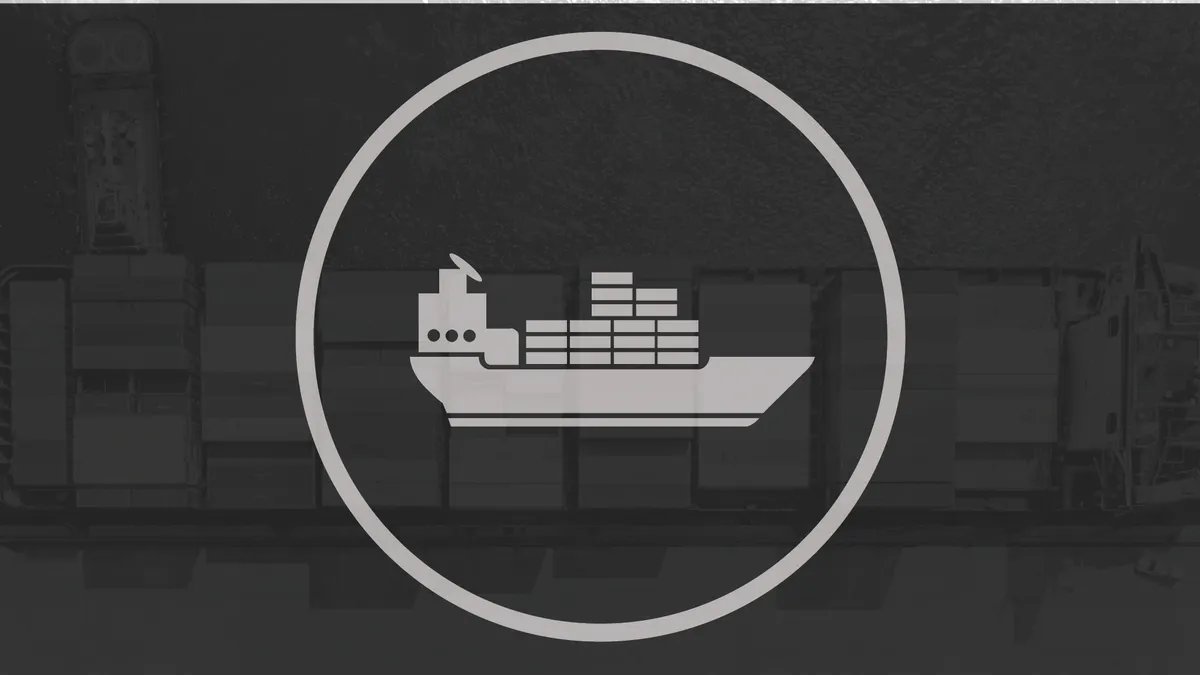Dive Brief:
- Total volumes of loaded container imports at U.S. East Coast ports hit an all-time high in June, as the maritime gateways reap the benefits of the Panama Canal's expansion.
- The four top eastern seaports received a combined 677,469 TEUs in June 2018, a figure 0.13% higher than the previous record established in August 2017 and 7.31% greater than volumes received in June 2017.
- By comparison, the four top U.S. West Coast ports received 984,871 TEUs that month, which marked the second-greatest month of loaded container imports since at least January 2016.
Dive Insight:
U.S. East Coast ports are far from threatening the West Coast's dominance over import supply chains, but the rising figures suggest the gateways' investment plans are paying off.
Since the expansion of the Panama Canal in June 2016 — which allowed post-panamax sized vessels (13,000 TEUs at a time) to cross from the Pacific to Atlantic oceans — East Coast ports have invested heavily on dredging projects, new cranes and other logistics projects that would allow them to handle greater volumes.
The projects, however, are but one of the reasons East Coast ports hit a volume record two months ahead of peak season.
In general, yearly trends suggest global trade remains on the upswing, despite economic headwinds in a few countries. Although eastern seaports handled record volumes, the top four ports still only received 40% of total loaded container imports in June 2018. (In June 2016, the top four ports received 39%). However, the U.S. received 219,753 more TEUs of loaded container imports in its top eight ports than it did two years ago.
In addition, fears of a trade war may have led shippers to rush imports ahead of the traditional peak shipping season's start in August.
Typically, rates fall over the summer months as volumes slow down, but this year rates have continued on a steady climb since April. An early look at July figures suggests the volume surge in June may have been abnormal: imports at major gateways dropped last month. "The drop, 4.4 percent, was attributed to shipping alliances’ decisions in July to shift vessel deployment and port calls," the Port of Long Beach said in a press release. "Port officials also raised concerns that escalating tariffs could slow trade activity — thus far the busiest in the Port’s 107-year history — during the remainder of the year."
So far, an average 16% spike of spot rates while shipping from China to the U.S. in August suggest a normal peak shipping can still be expected. The question is whether East Coast ports will continue to shatter records, or if June's figures were just a fluke.















